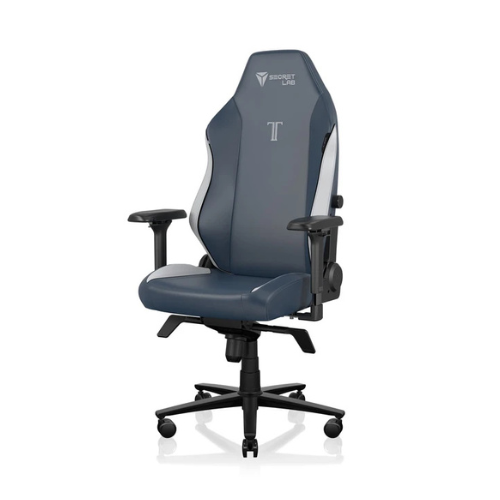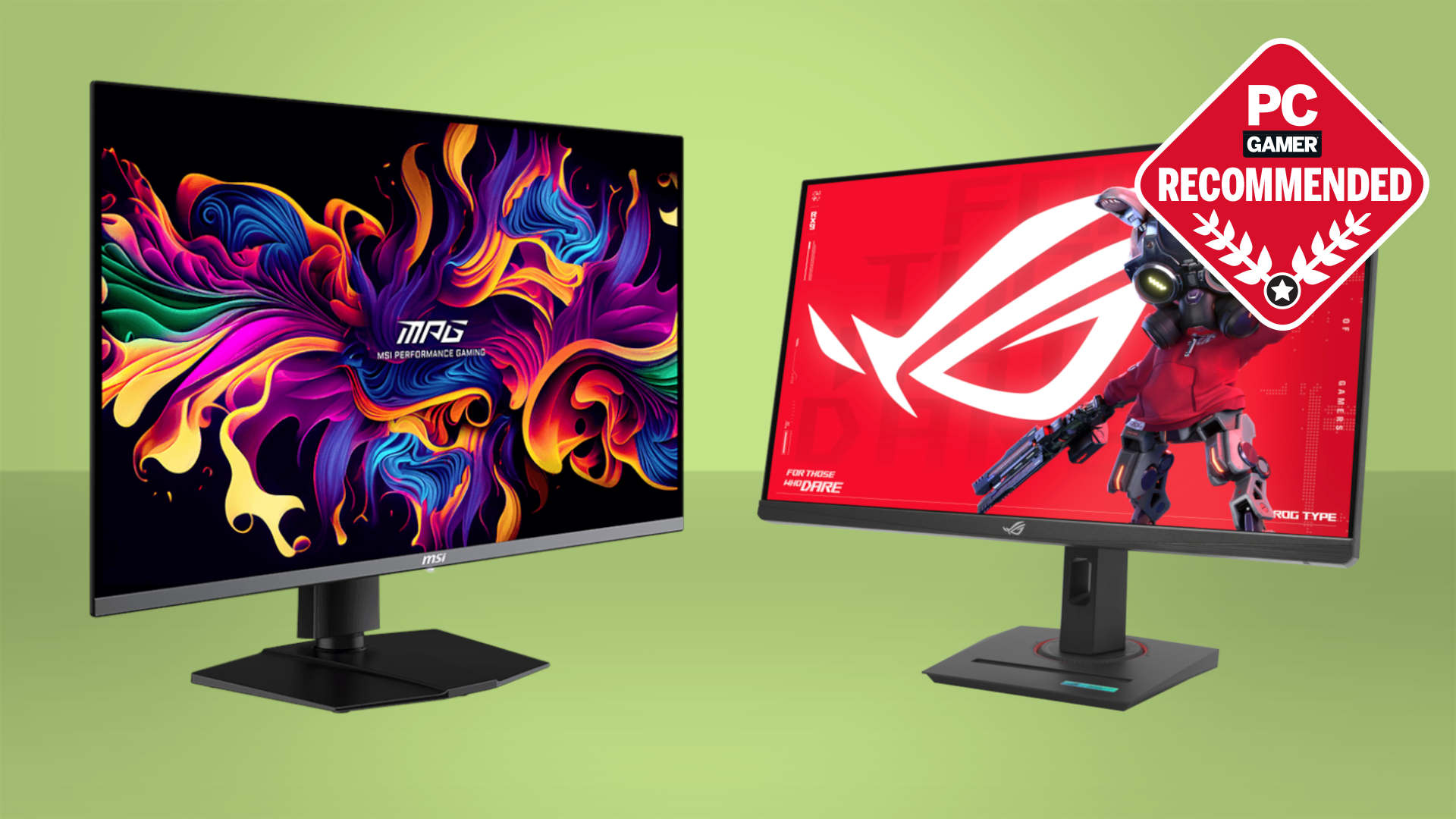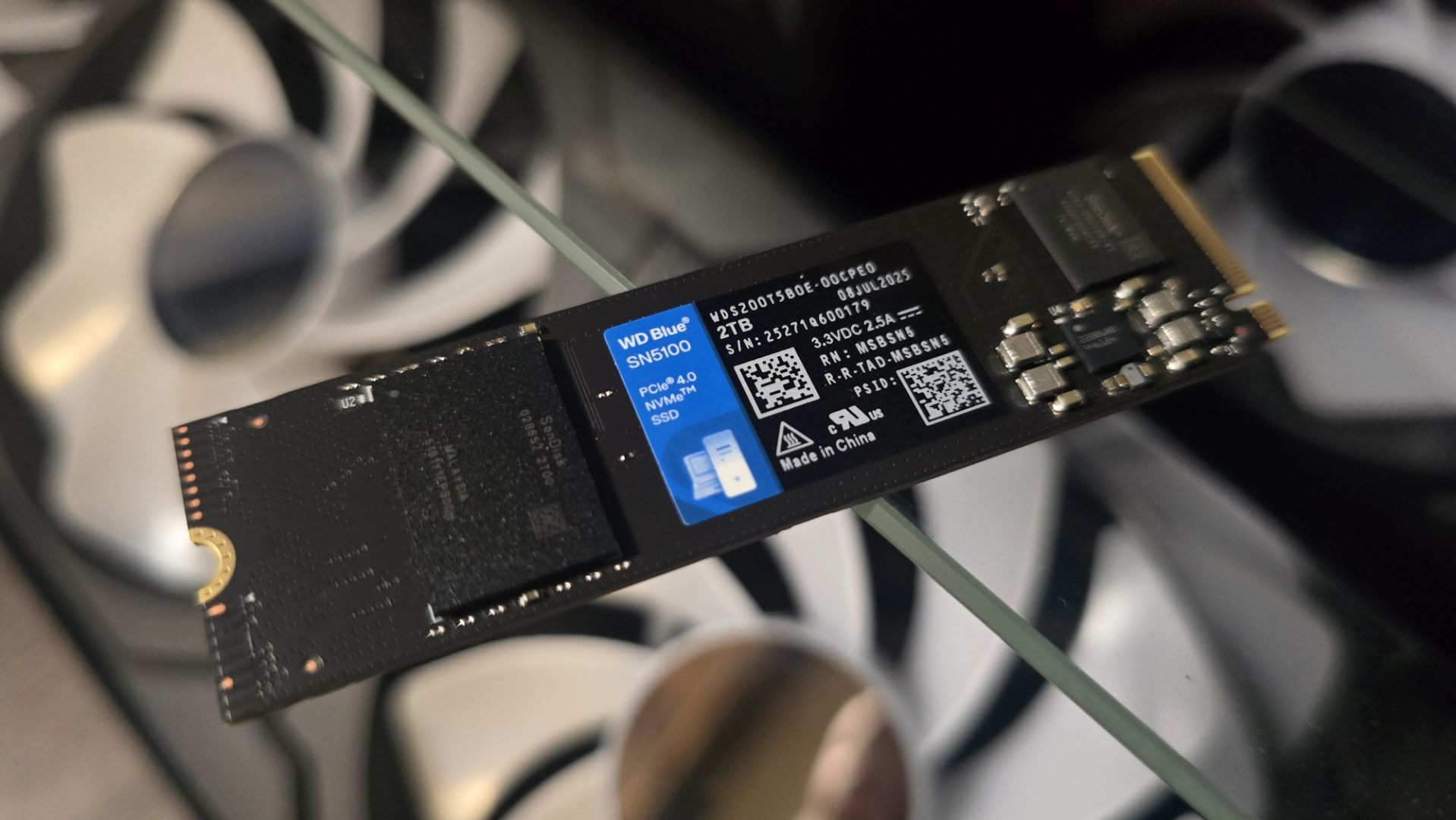Japanese researchers achieve 1,020,000,000 Mbps internet speeds over a 1,123 mile line, 3.5 million times faster than the average US connection and a hell of a lot quicker than mine
Plug me in.

A team of researchers led by the (take a deep breath) Photonic Network Laboratory at the National Institute of Information and Communication Technology in Japan has announced a successful test of the world's first successful petabit-class internet transmission over 1,000 km. That's a lot of words which essentially mean—new mega-fast internet connection tested over long distance and worked. Oh, and you can plumb me in right now, if you like.
Actually, the idea of running one over an existing network isn't quite as far-fetched as you might think (via Cnet). The incredibly fast speeds (equating to 1,020,000,000 Mbps, 3.5 million times faster than your average US broadband connection) were achieved with a new design of fibre-optic cable with 19 cores, which ends up being the same thickness as regular fibre-optic cables currently in use.
As you might expect, however, some specialised equipment is still needed to achieve those staggering speeds. An optical amplification system was used in combination with a system of signal combiners and splitters to send signals 21 times through a recirculating loop, which is where that 1,123-mile line figure comes from.
At the end of the transmission sits a 19-channel receiver, which uses a digital signal processor to eliminate interference between the cores and check the speed result. No 'real' data is actually transmitted during the tests, as its more about checking the signal quality at the end and calculating the transmission speeds from there.
Still, "surprisingly fast" is what I imagine it said on the display. The researchers say that "when converted to the product of transmission capacity and distance, which is a common measure of transmission capability, it is 1.86 exabits per second-km, which is a world record for standard cladding diameter optical fibres." I'll do the unjournalistic-type thing of taking their word for it here, as my eyes continually glaze over around the middle of that sentence.

The NICT designed and developed the transmission system and the experiments to test it, whereas a design team from Sumitomo Electric Industries created the coupled 19-core optical fibre cable itself. The former also has prior form in this arena, as the NICT also managed to achieve 402,000,000 Mbps speeds over a standard optical cable last year, which in some ways is even more impressive.
All this experimentation is in the name of faster future internet speeds, of course. The researchers posit that in a post-5G society, the volume of data traffic is "expected to increase explosively", and that the development of advanced information and communication infrastructure to fill those requirements needs to happen now.
Keep up to date with the most important stories and the best deals, as picked by the PC Gamer team.
The United Nations specialized agency for digital technologies, the ITU, estimates that 68% of the world's population were using the internet in 2024, compared to 53% in 2019, a trend that's only expected to rise. Add in things like 4K streaming uptake, massive, connection-hungry data center constructions, and an ever-expanding population, and it sure looks like we'll need ever more (and ever faster) internet connections sooner rather than later.
Me, I'm happily trucking along with a 350 Mbps line for now, and jolly nice it is too. I'll always take more, however, so the sooner this sort of tech makes it to market the better, as far as I'm concerned. Given the worrying trend in the size of game downloads and their associated installs, I'll probably need super-duper-mega internet sooner than I think.

👉Check out our list of guides👈
1. Best gaming chair: Secretlab Titan Evo
2. Best gaming desk: Secretlab Magnus Pro XL
3. Best gaming headset: HyperX Cloud Alpha
4. Best gaming keyboard: Asus ROG Strix Scope II 96 Wireless
5. Best gaming mouse: Razer DeathAdder V3 HyperSpeed
6. Best PC controller: Xbox Wireless Controller
7. Best steering wheel: Logitech G Pro Racing Wheel
8. Best microphone: Shure MV6 USB Gaming Microphone
9. Best webcam: Elgato Facecam MK.2

Andy built his first gaming PC at the tender age of 12, when IDE cables were a thing and high resolution wasn't—and he hasn't stopped since. Now working as a hardware writer for PC Gamer, Andy spends his time jumping around the world attending product launches and trade shows, all the while reviewing every bit of PC gaming hardware he can get his hands on. You name it, if it's interesting hardware he'll write words about it, with opinions and everything.
You must confirm your public display name before commenting
Please logout and then login again, you will then be prompted to enter your display name.

